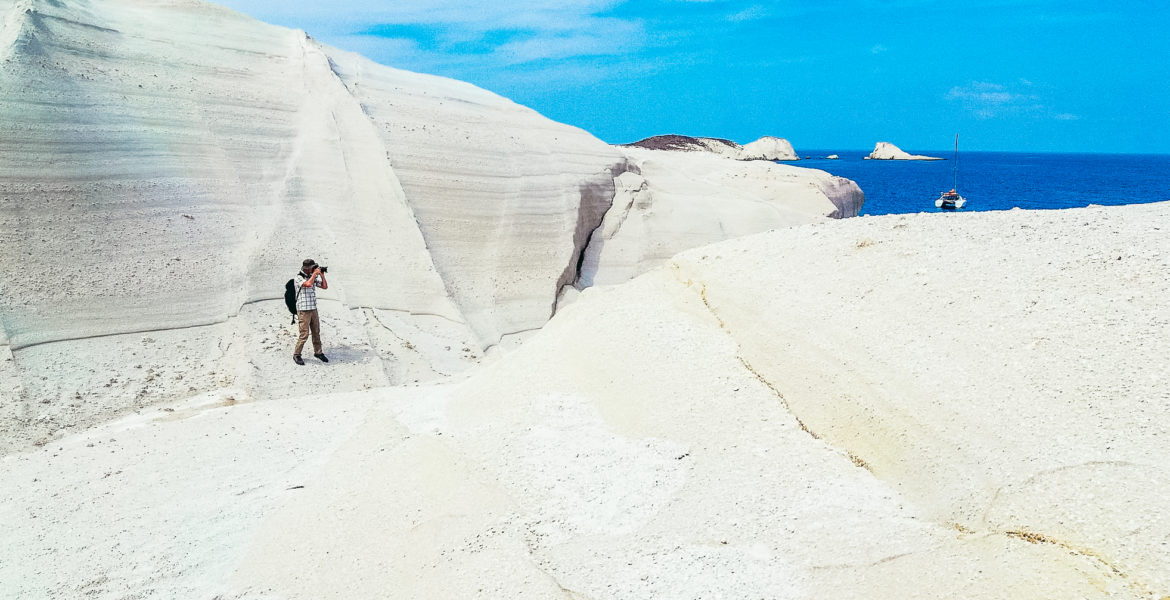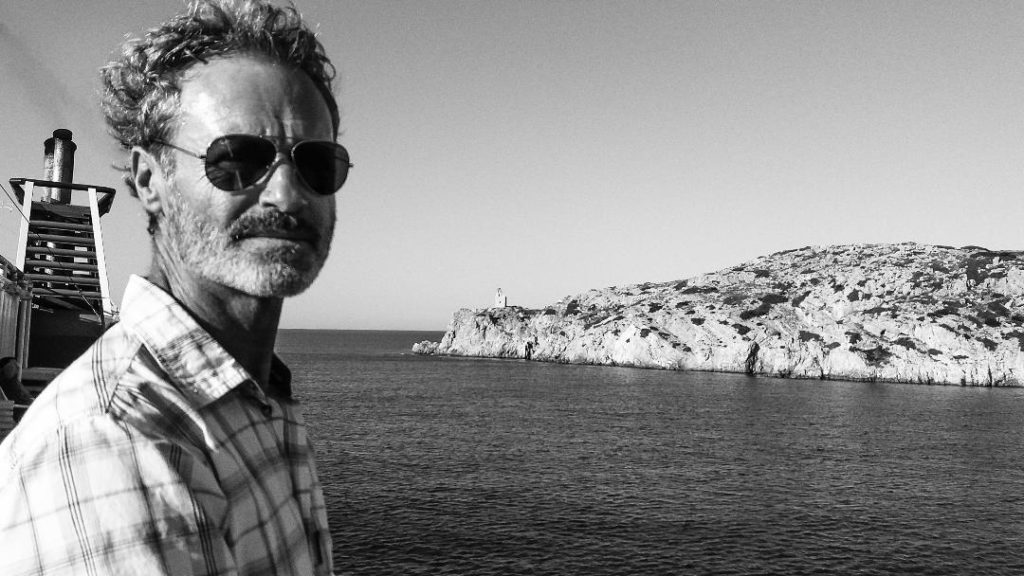
A well-travelled Londoner with Carribean blood, photographer Mark Wilman is a Hellenophile at heart, and his evocative work proves it. His lifelong, multi-sensory experience of Greece has resulted in a highly lauded six-year project and a book honouring the Cycladic islands. ‘Discovering The Beauty of the Cyclades’ is an evocative photographic tribute to the natural, cultural and historical magnificence these islands. One can feel the sea breeze and burning sun, smell the herbs crushed underfoot, see the gentle motion of the emerald sea, touch the stone walls of age-old structures. It has already been recognised and showcased by the British Embassy in Greece, the Greek Embassies in Rome and Tel Aviv and more recently the Aquarium of Milan.
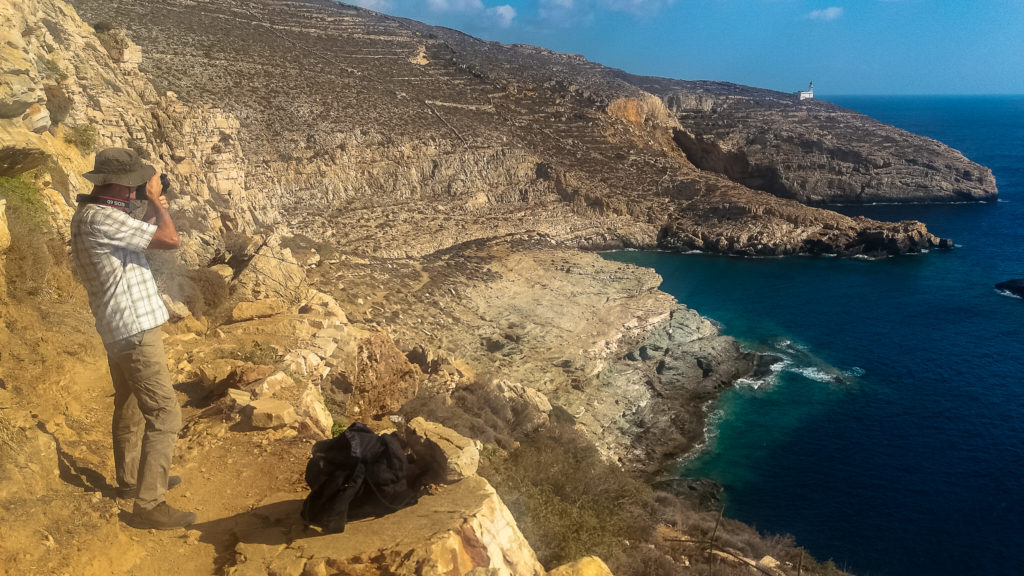
“As a child, I trekked the rugged terrains of the Cyclades. I’d climb hills and mountains scented with flowering thyme, oregano, and junipers all the way to their isolated summits on goat paths often centuries-old with views out towards neighbouring islands, each surrounded by the mesmerising intensity of Aegean blue and overhead cloudless skies,” Wilman relates. “I learned to free-dive, swimming down as far as I could on a single breath. These experiences have been ingrained in my memory ever since. The more I experience in the Cyclades, the more enriched I feel.”
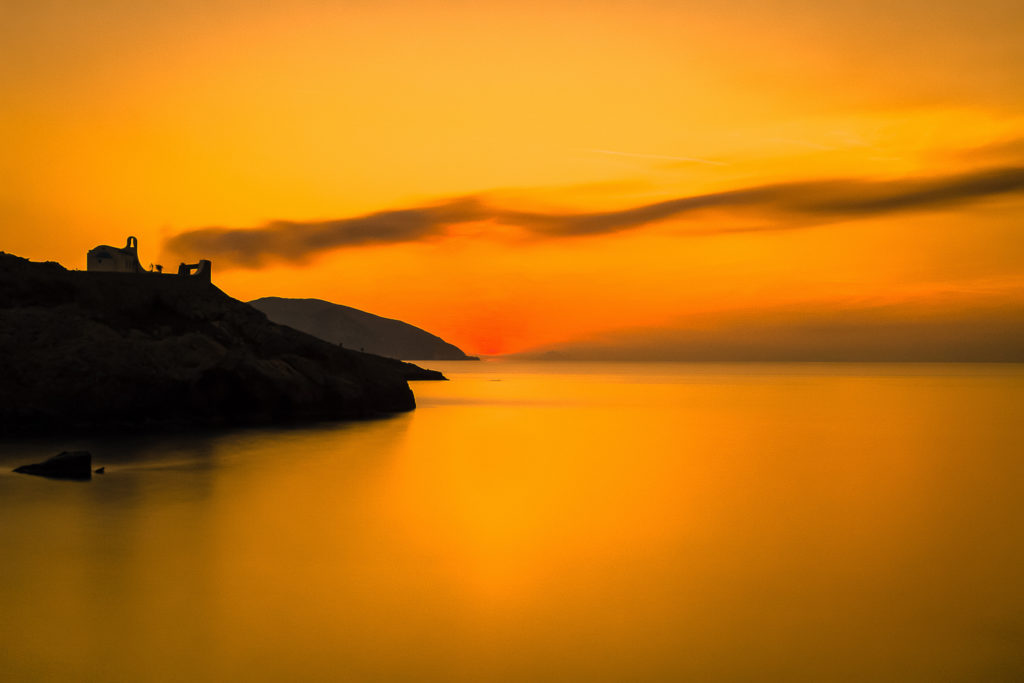
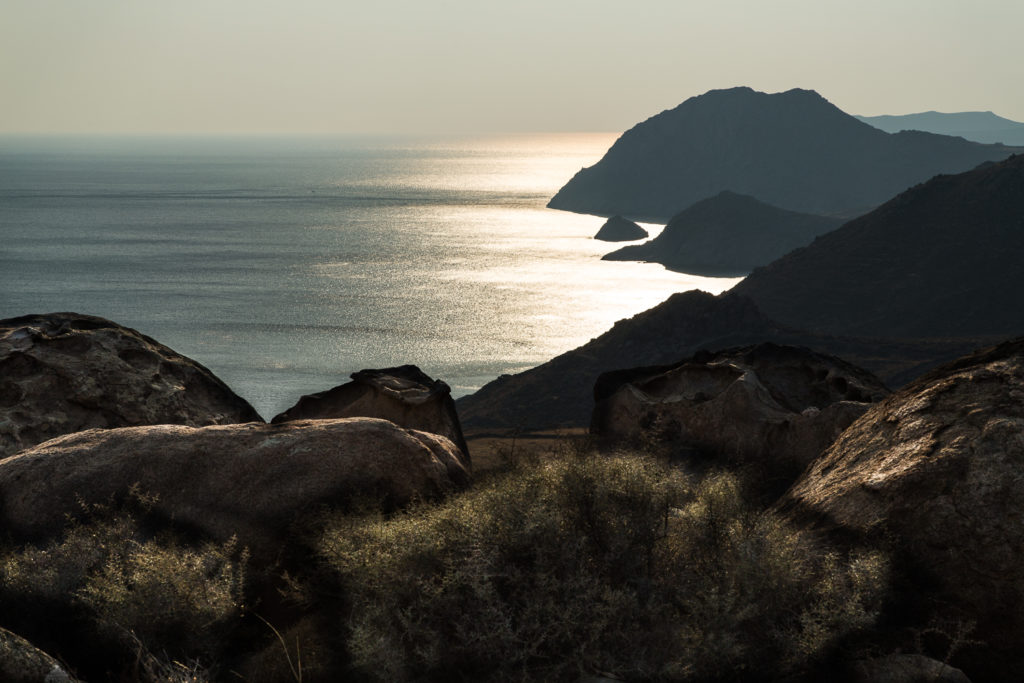
When asked what it is he feels his images reveal above all, he explains: “I place myself in natural environments where I can express via photographs what attracts me most about existence: space, colour, sunlight, wind, darkness, land and sea... Exploration and adventure, experiences and discoveries most attract me to the islands.”
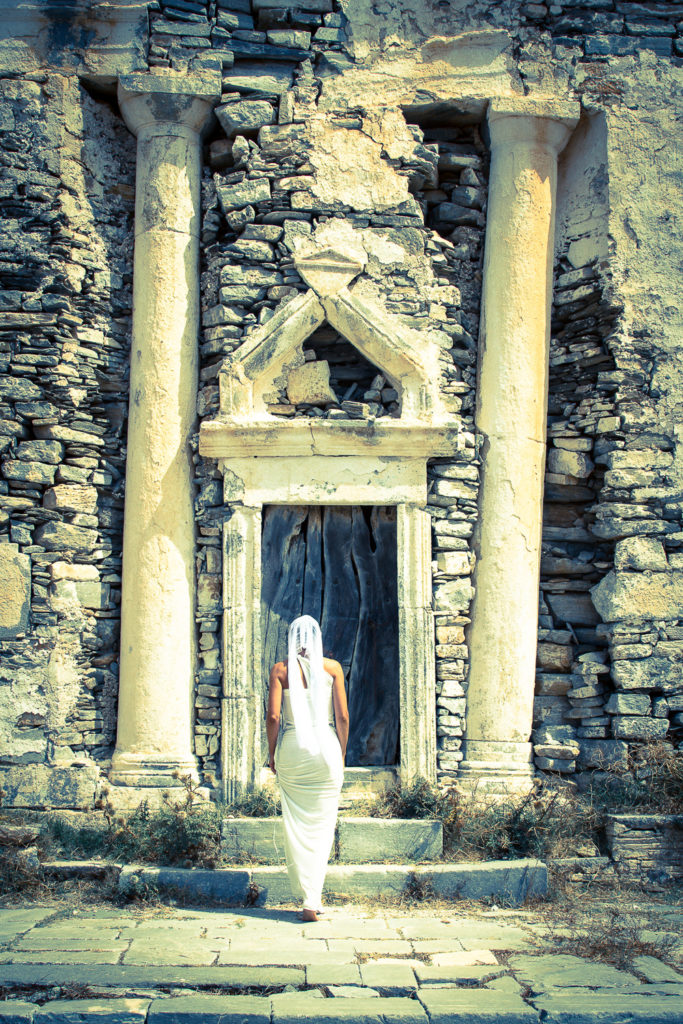
Apart from the stunning imagery and the way he shows scenes and places that are often too remote or unknown for the average visitor to discover, Wilman’s work received great attention also because of a monumental archaeological find. “(One of my photos) Lost Lady of Sikinos, photographed in 2016, was the centerpiece of the exhibition at the Aquarium of Milan last spring,” Wilman says. “The lady I photographed, wearing a classic white dress, is seen approaching the entrance of the church of Episkopi in a remote area of Sikinos, famous in antiquity for its vineyards and wine production. Two years later the tomb of a noblewoman with the name Νεικω engraved on its exterior was found hidden below the stone floor of the church’s interior. It was replete with golden jewellery, vases and other objects. The quality of the jewels indicates that she was an important figure in the island’s society. Until that moment, Episkopi was understood to have been built as a mausoleum for a Roman general of the 3rd century A.D. The recent discovery is recognised as one of the most important in recent Greek archeological history.”
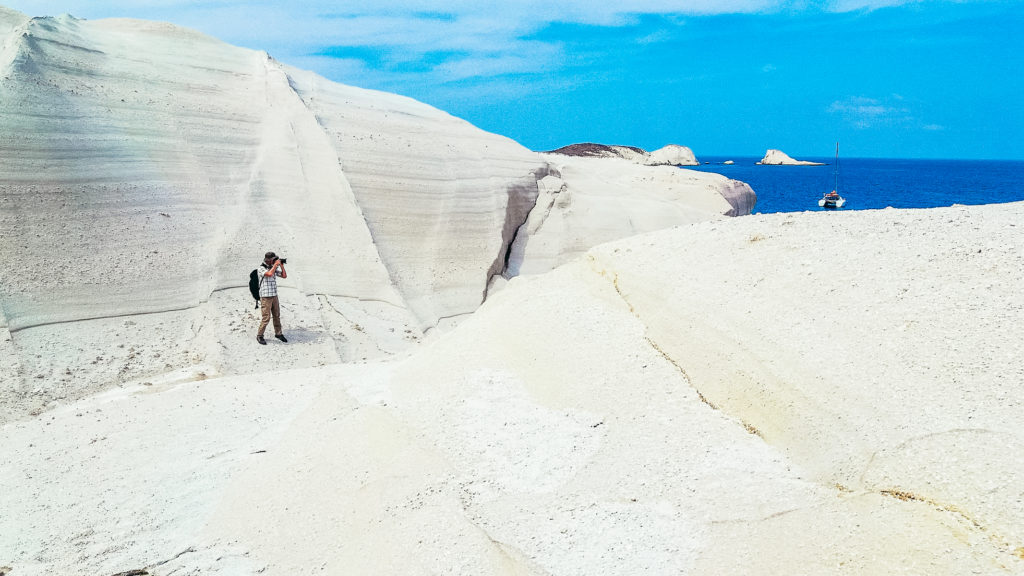

“The Lost Lady of Sikinos, Neiko images thus anticipated the archaeological finding,” Wilman continues, “and have become the most striking feature of my project. Over the many years we knew each other, explanations about antiquity from the late Professor Angelos Delivorias, a leading archeologist and Director of the Benaki Museum in Athens, were very useful, especially once the project had begun, and I have dedicated it to his memory. My perception was sharpened to the point of sensing a feminine aura about the church early on.”

Several of Wilman’s Cycladic images include the presence of a female model, which offers a human and cultural dimension to the natural surroundings. I commented to Wilman that it’s somewhat reminiscent of fashion photography and asked him whether there was such an intention behind his choice. “The model is elegantly dressed in black throughout the work in which she appears following the Greek tradition for widows, conceivable since she’s always alone, other than when she’s in white at the entrance of Episkopi,” he says, adding that his past experience of working in the high fashion world in Milan also inspired him to do so. “In the past, I worked as a consultant to a leading fashion designer in Milan. The garments on display at his multi-floor studio were so exquisitely refined that I was awe-struck upon each visit. The experience was decidedly unique.”
The photographer has also worked with leading Greek fashion designers in the past, and his love for Greece has also taken him to a great variety of locations nationwide. “I’ve travelled extensively throughout Greece. The Peloponnese was superb; Samothrace, in the northern Aegean, is an all-time favourite, as are Nissiros and Tilos in the Dodecanese. I’d need to spend a lot longer on Crete to fully explore, hopefully, the opportunity will arise before long. I’ve also enjoyed photographing the processions of Independence Day on 25th March,” he says.
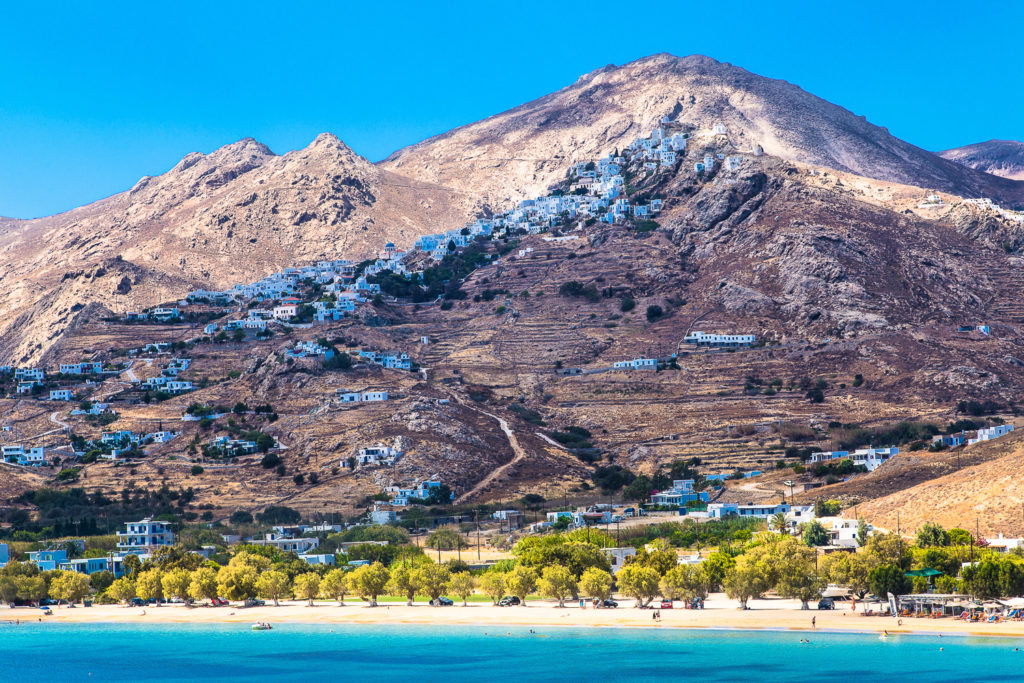
With a beautiful photography book, several exhibitions (with one hopefully coming up in Greece, Wilman notes), and global appreciation, the six-year “Discovering the Beauty of the Cyclades” is certainly not at its conclusion. “There are still islands in this project I’d like to include, Amorgos and the Small Cyclades, for example,” Wilman reveals.
Wilman’s personal passion and vision of the Cyclades certainly form the fibre that ties together all the images he presents. “Discovering the beauty of the Cyclades has been a very long, metre at a time process, whether on land or in the water. There is no other way to effectively do it because so much ancient history exists. I see it in the wild landscapes, boundary walls, terracing, pottery fragments and on the seafloor. Understanding how life on the islands was for those who cultivated them or worked in the mines requires visiting the locations to appreciate each one’s character, spectacular views included.”

